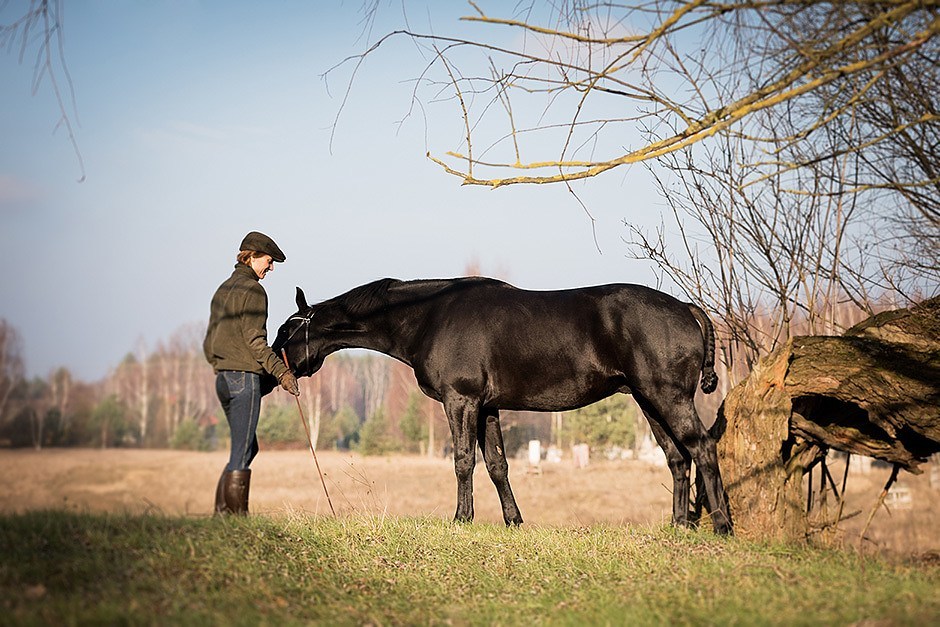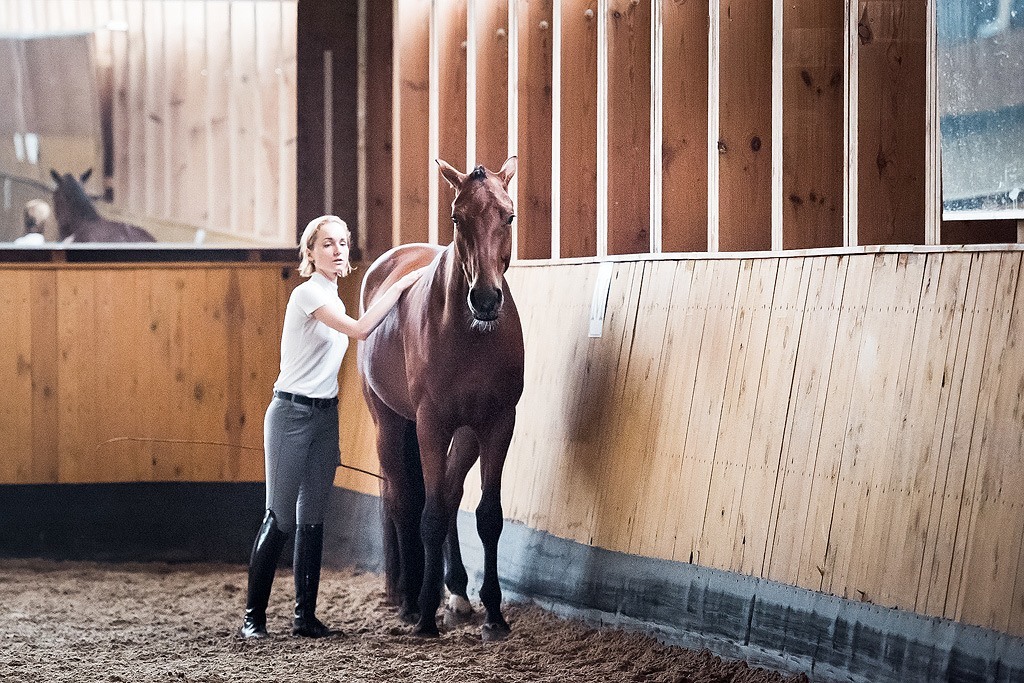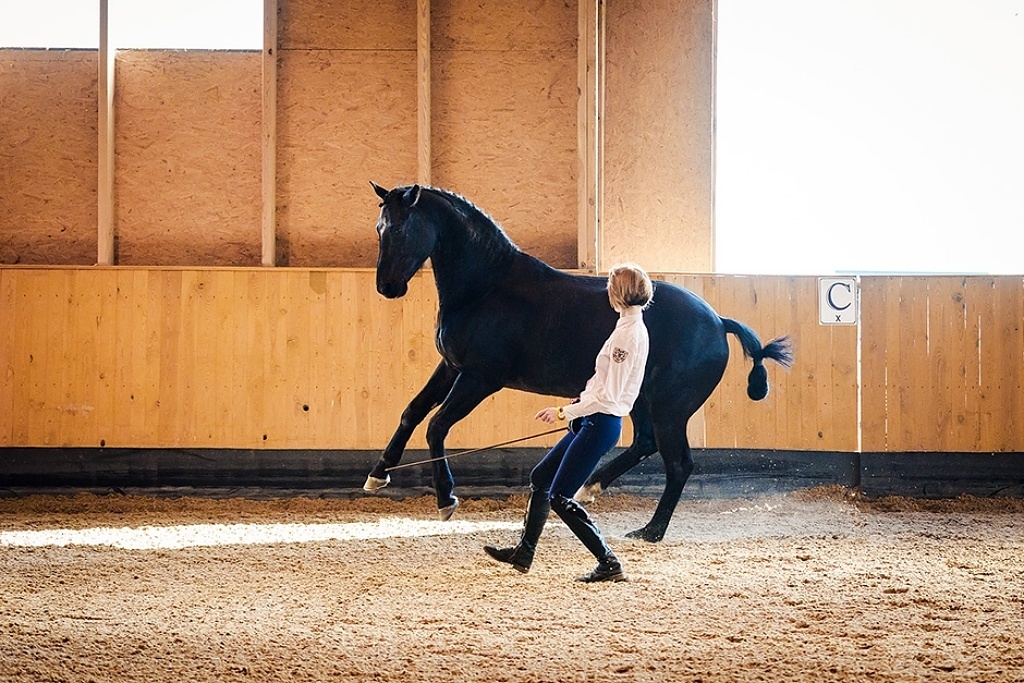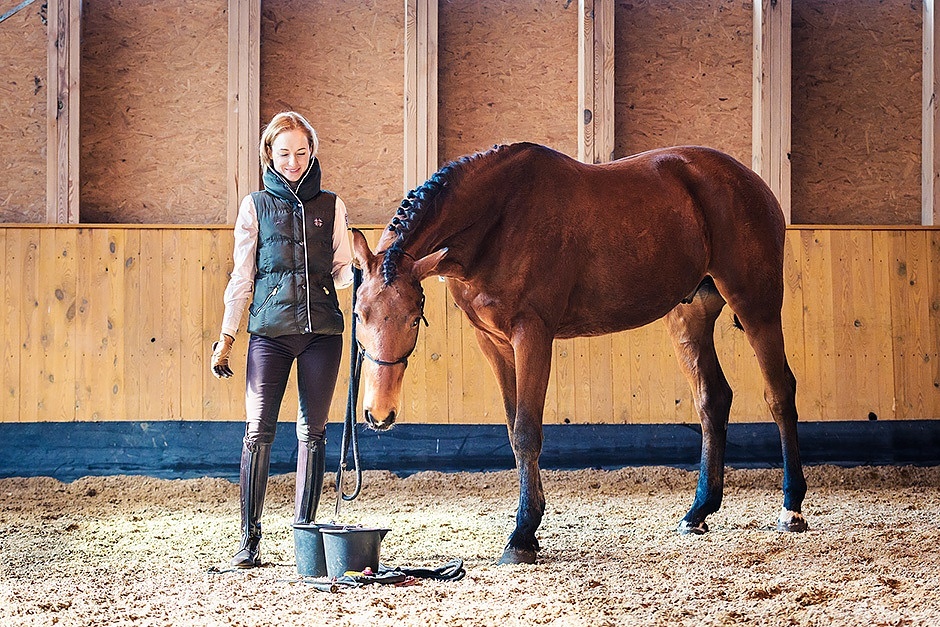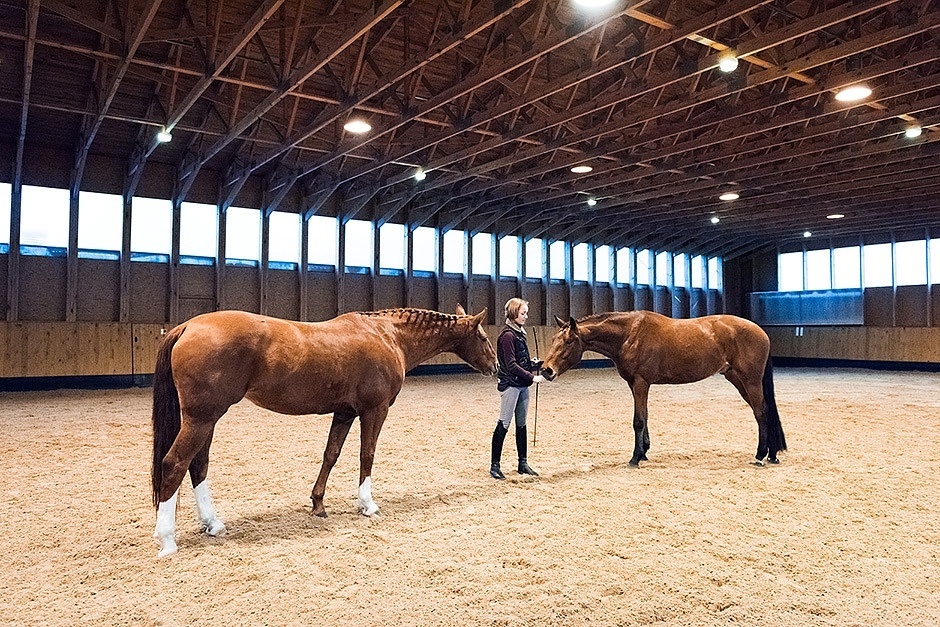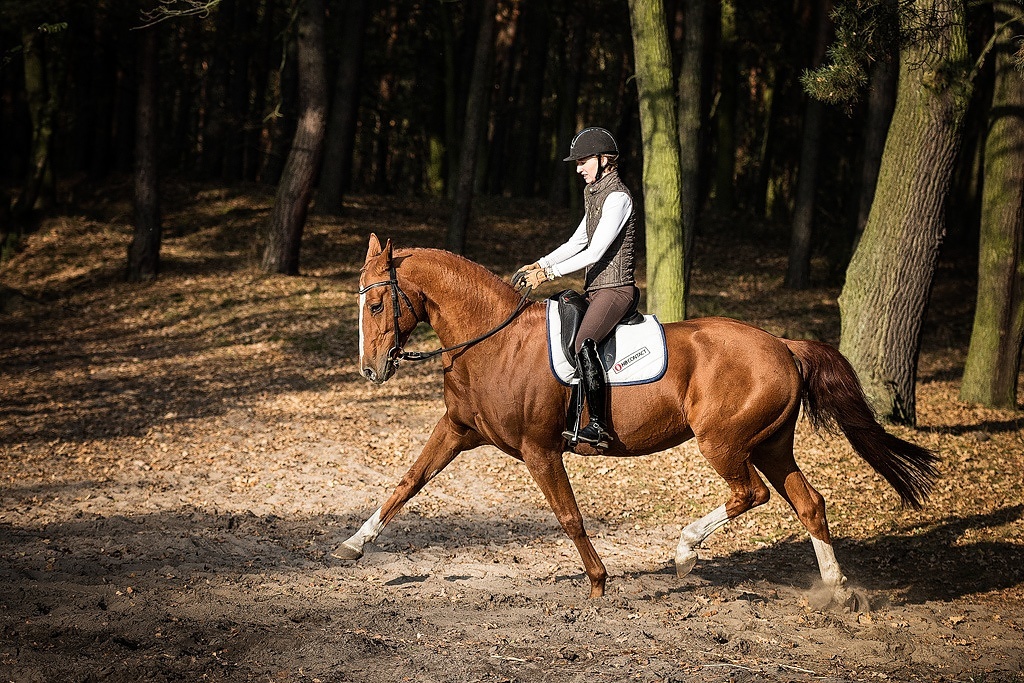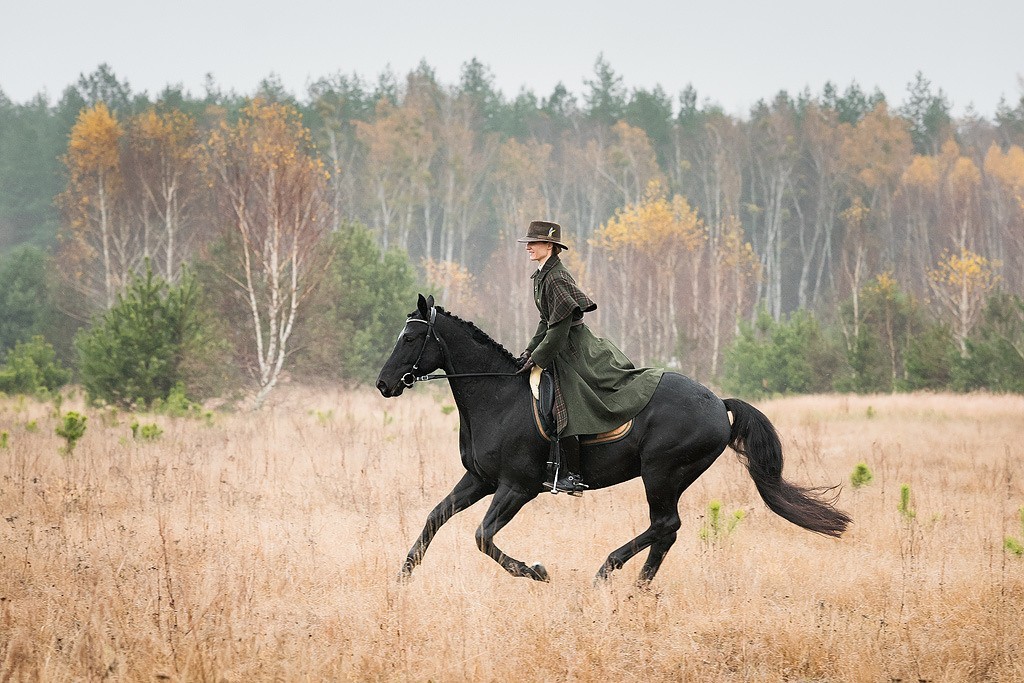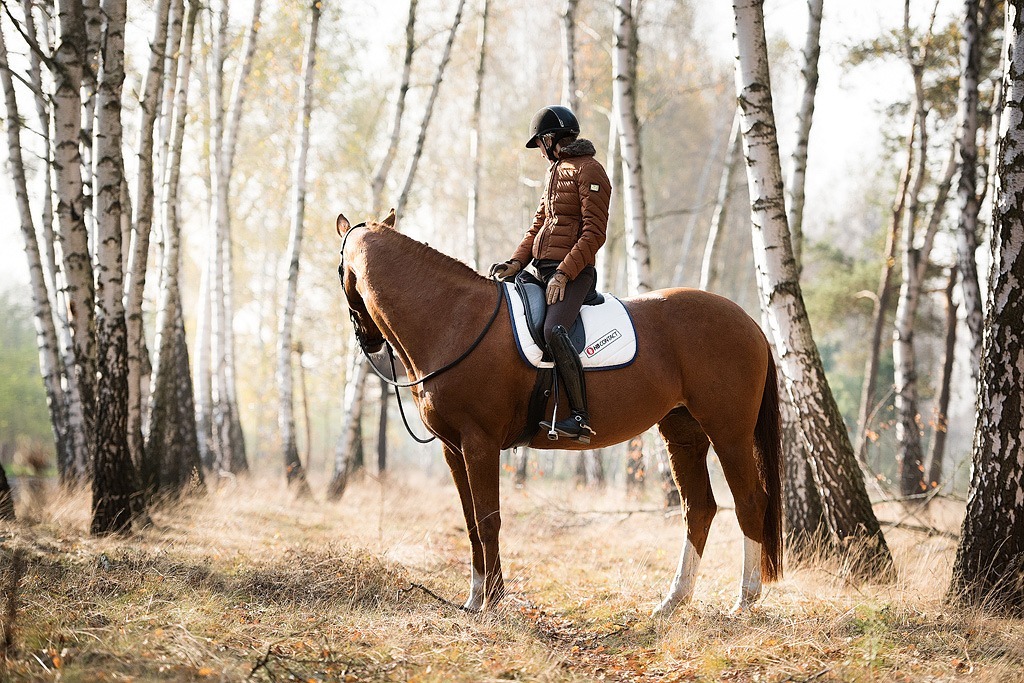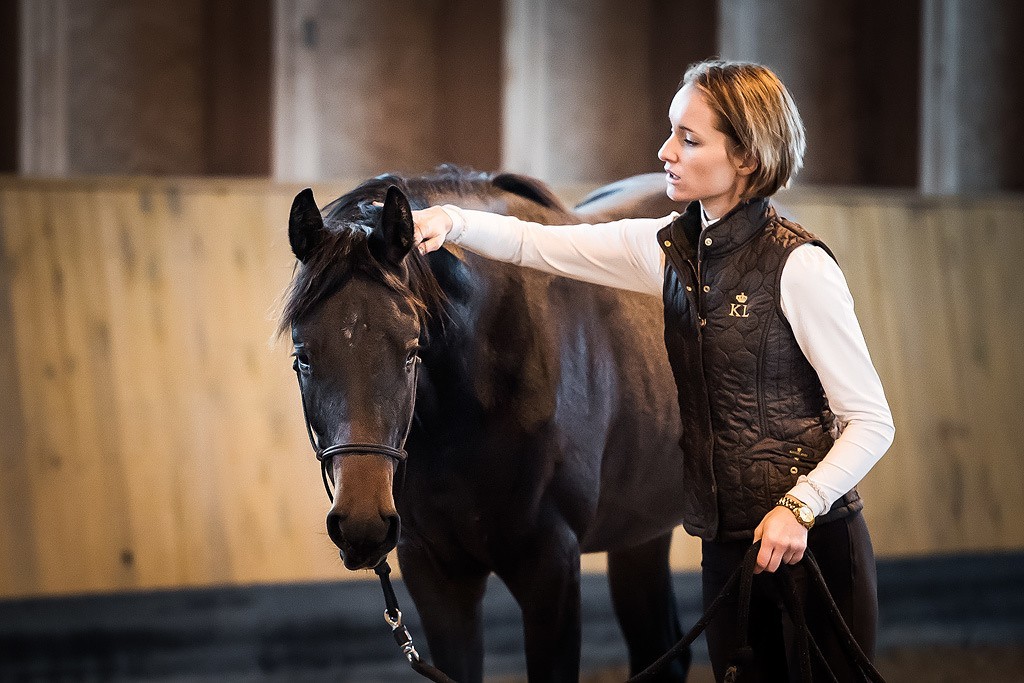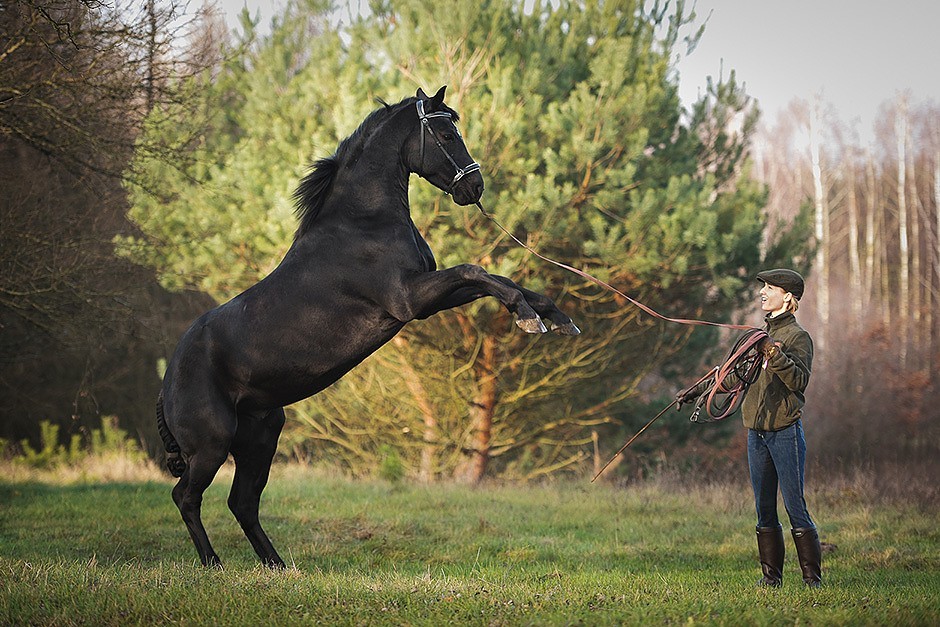PUNISHMENT is a method of training: I am punishing you if you don’t do something that I request from you now. For example: You say “canter” and if horse does
When you are connected with yourself and you have literally no thoughts and no emotions in yourself – you always know what to do and you always act accordingly to
There are many things in the world that looks same but are totally different from each other. The technique here, the technique that I use when I am with my
Introduction: From your current Attitude and Awareness to CHANGE During this workshop, I will share with you my attitude, my techniques and the approach that allowed me to become the horse trainer and the horse owner I am today. Although we will take huge advantage of positive reinforcement, clicker training and behaviourism during this
Autonomia jest moim ulubionym tematem związanym z treningiem konia. Ucząc innych ludzi i ich konie zauważyłam, że wiele problemów z brakiem zaangażowania konia w trening i brakiem dobrej woli ma źródło w KOMPLETNYM BRAKU AUTONOMI w życiu konia. Wszyscy pragniemy konia, który chce się popisywać, który wykazuje się inicjatywą, który jest odpowiedzialny i bardzo ciężko
Zdaję sobie z tego sprawę, że druga technika może być dla ciebie NOWA. Proszę, nie martw się, daj sobie czas na przeczytanie parę razy opisu i przyswojenie sobie go. Potrzebny ci będzie ten czas na zrozumienie jak wdrożyć tę technikę do codziennego treningu. Nie jest to takie trudne w praktyce. W celu zachęcenia ciebie do
Jednym z czesto zadawanych mi pytan jest: “Co moge zrobic, zeby mój kon byl bardziej zaangazowany w trening?”. W niniejszym materiale przed warsztatowym, chcialabym sie z wami podzielic dwiema z moich technik majacych na celu zwiekszenie zaangazowania i satysfakcji konia i pokazac jak mozna je wykorzystac w pozadanej sytuacji, badz cwiczeniu. Postanowilam polaczyc te dwie
TECHNIKA USPAKAJAJĄCA W PRAKTYCE Zdecydowałam się przedstawić wam wszystkie praktyczne techniki, którymi się posługuję przed oficjalnym rozpoczęciem naszego warsztatu w kwietniu. Chcę, żebyście mieli czas naprawdę przyswoić sobie i zrozumieć nasze podejście, zanim wypróbujecie je na waszych koniach. Chcę, żebyście czuli się komfortowo i nie śpieszyli się. Byłabym zachwycona, gdybyście wygospodarowali czas na zadawanie
Sygnaly uspakajajace sa terminem wprowadzonym przez norweska trenerke psów Turid Rugaas (2005) w celu opisania zachowan, które psy okazuja, kiedy staraja sie uspokoic dana sytuacje. Dla zwierzat zyjacych w grupach, sposób porozumienia sie, który moze rozladowac potencjalnie napieta sytuacje, jest niezmiernie wazny. Sygnaly uspakajajace to sygnaly, które sa wykorzystywane przez wszystkie zwierzeta stadne w celu
Jakiś czas temu specjaliści od zachowania (behawioryści) uważali, że zwierzęta są bierne. Zwierzęta są jednak aktywne, mają swoje cele i aspiracje. Musimy sobie zdawać sprawę z tego faktu. W poprzednim artykule pisałam, że podczas treningu za pomocą klikera wzmacniamy nie tylko pożądane zachowania, ale również decyzje konia. W niniejszych materiałach wprowadzających do warsztatu pokażę ci,
